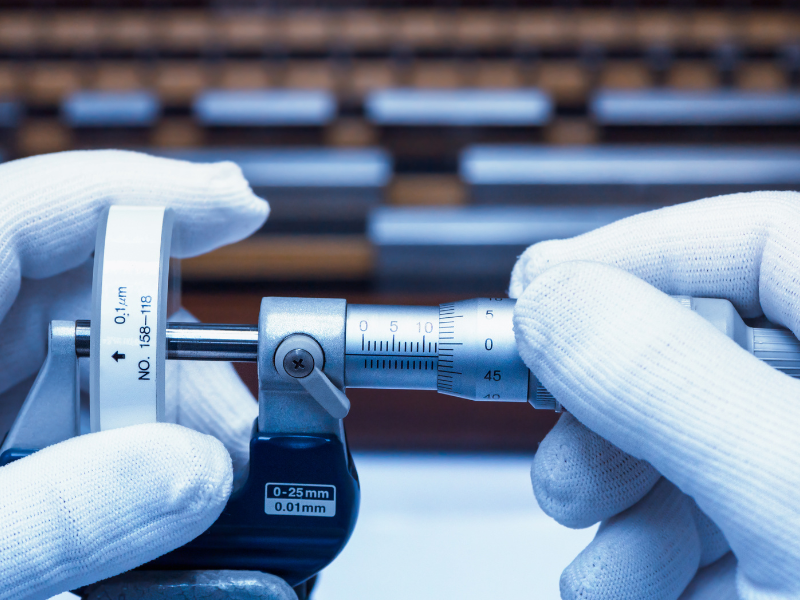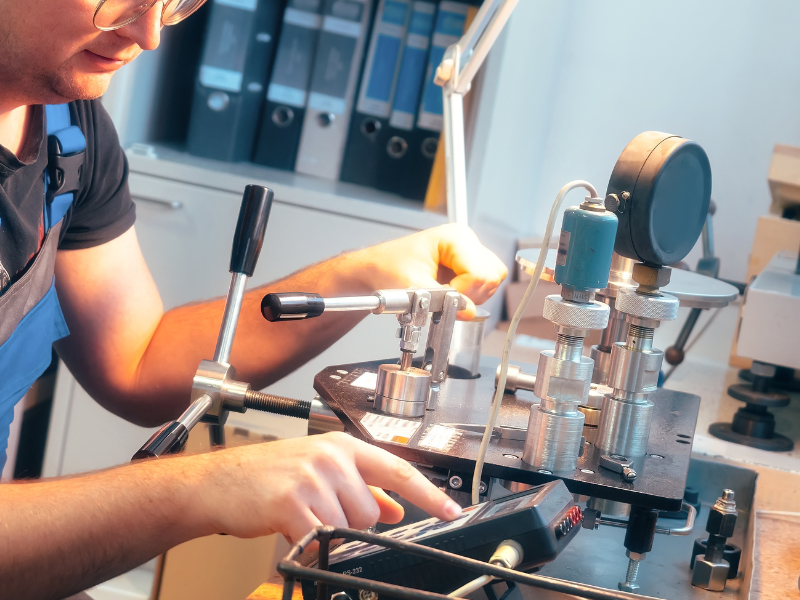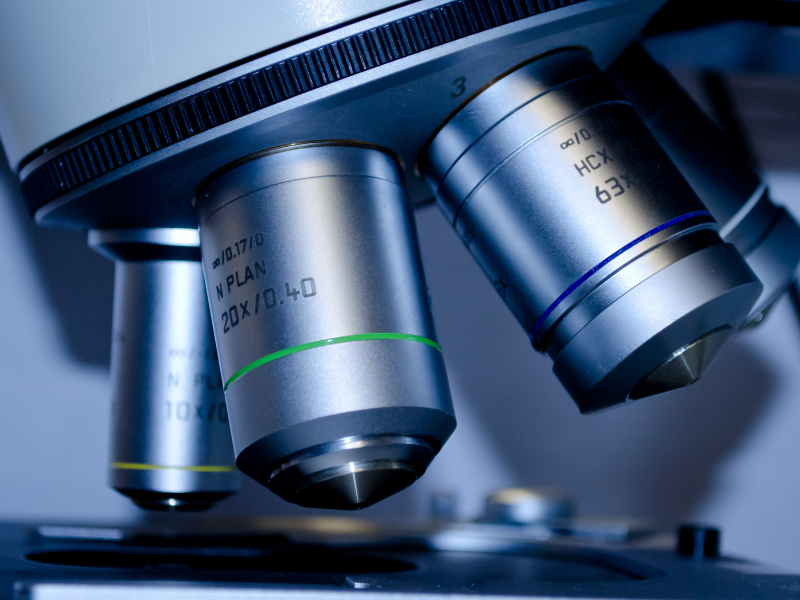In hospitals and clinics, medical equipment calibration must work properly. Machines like heart rate monitors, X-ray machines, and blood pressure monitors help doctors and nurses take care of patients. However, over time, these machines can stop working as accurately as they should. This is why calibration is needed. Calibration is when you check and fix the equipment to make sure it is giving the right information.
In this article, we’ll talk about what calibration is, why it is important, how it’s done, and what benefits it has for hospitals, doctors, and patients.
What is Medical Equipment Calibration?

Calibration is when you check if a medical machine or tool is giving the correct results. You compare what the machine says with a known correct answer. If the machine is off, you adjust it so that it gives the right information. Calibration is needed for many kinds of medical equipment:
- X-ray machines
- Blood pressure monitors
- Thermometers
- Ventilators
- Infusion pumps
All these machines need to be calibrated regularly to make sure they work properly and give the right results.
Why is Machine Equipment Calibration Important?

Medical equipment calibration is crucial in healthcare for several reasons. Below are some of the key reasons why it’s so important:
- Patient Safety
The main reason for medical equipment calibration is to keep patients safe. If a medical machine isn’t working right, it can give wrong information. Wrong information can lead to mistakes in treatment or even harm patients.
For example, if a blood pressure monitor gives the wrong reading, doctors might give the wrong medicine. Calibration helps prevent these mistakes by making sure the machines give accurate readings.
- Compliance with Rules
Medical equipment has to follow certain rules. These rules are set by organizations like the FDA (Food and Drug Administration) and ISO (International Organization for Standardization).
These rules make sure medical equipment is safe to use. Calibration is one of the ways hospitals follow these rules. If equipment is not calibrated, hospitals can get into trouble with these organizations. This could cause fines or even loss of the right to use the equipment.
- Accurate Readings
Calibration makes sure the machines give the right readings. Many medical machines, like thermometers, blood pressure monitors, and heart rate monitors, give information about a patient’s health.
If these readings are wrong, it can lead to bad decisions about treatment. Calibration makes sure doctors and nurses can trust the information they are getting from the equipment.
- Avoiding Machine Breakdowns
If machines are not calibrated regularly, they might stop working properly. Some parts may start to wear out, or the machine might give incorrect results. Calibration helps catch these problems before they become big issues.
If a ventilator or infusion pump isn’t calibrated right, it might stop working during an emergency, which could be dangerous. Regular calibration helps avoid these problems and keeps the equipment in good working order.
- Saving Money
Medical equipment can be very expensive. Medical Equipment Calibration helps hospitals keep their machines in good condition, which means the equipment can last longer. This saves the hospital money because they don’t need to buy new equipment too often.
It also helps avoid costly repairs that could come from using broken or out-of-calibration machines.
- Preventing Legal Problems
If a medical machine causes harm because it isn’t calibrated, the hospital could face legal problems. Patients or their families could sue the hospital if something goes wrong. Calibration helps make sure this doesn’t happen by keeping the equipment working properly and safely. Keeping records of calibration also helps protect hospitals from legal issues.
How Often Should Medical Equipment Be Calibrated?

How often equipment needs to be calibrated depends on the type of machine and how often it’s used. Here are some general guidelines:
Life-saving machines: Machines like ventilators, infusion pumps, and defibrillators should be calibrated often, sometimes every month or even more frequently.
Imaging machines: X-ray machines and MRI scanners should be calibrated at least once a year.
Monitoring machines: Blood pressure monitors and thermometers may need calibration every 6 months to a year.
Diagnostic tools: Machines used for lab tests or glucose meters may be calibrated every 3 months to a year.
Hospitals should set up a schedule for medical equipment calibration to ensure each type of equipment is calibrated at the right time. This helps maintain accuracy, reliability, and patient safety.
How is Medical Equipment Calibration Done?
Calibration is done by trained technicians who know how to check and fix medical equipment. The medical equipment calibration process includes several steps:
Checking for Visible Problems
Before calibration begins, technicians check the equipment for any visible issues. They look for broken parts, dirt, or anything else that might affect the machine. If needed, the machine is cleaned.
Testing Against a Known Standard
Next, the technician tests the equipment by comparing it to a known standard or reference machine. This reference machine is already calibrated and is known to give the correct readings. If the equipment is off, the technician will adjust it as part of the medical equipment calibration process.
Adjusting the Equipment
If the machine’s readings don’t match the standard, the technician will make adjustments. They might fix mechanical parts, change settings, or update the software to make sure the machine works correctly.
Documenting the Results
After calibration, the technician writes down the results. This includes the date, any changes that were made, and the technician’s name. This record is important because it helps track the equipment’s performance over time.
Final Testing
Once adjustments are made, the technician tests the equipment again to make sure it is working properly. If everything checks out, the equipment is ready to be used again.
Benefits of Regular Medical Equipment Calibration
- Better Patient Care
With calibrated equipment, doctors and nurses can trust the readings they get. This helps them make better decisions for patient care. Accurate medical equipment calibration prevents mistakes and improves the quality of care patients receive.
- Fewer Mistakes
When equipment is calibrated regularly, it reduces the chance of errors caused by faulty machines. This helps hospitals avoid making mistakes that could hurt patients.
- Following the Rules
Calibration helps hospitals follow important safety rules set by regulatory organizations. By ensuring proper medical equipment calibration, hospitals stay in good standing and avoid penalties.
- Saving Money
Calibration helps equipment last longer and work better. This means hospitals don’t have to spend as much money on repairs or replacements.
- Keeping Equipment Reliable
By calibrating equipment regularly, hospitals can count on their machines to work when they are needed most. This makes the hospital run more smoothly and helps staff feel confident in their equipment.
Conclusion
Medical equipment calibration is an important process that keeps hospitals and clinics running smoothly. It ensures that equipment is accurate, reliable, and safe to use. Calibration helps prevent mistakes, saves money, and improves patient care.
It is important for hospitals to keep a regular schedule for calibrating their equipment and to make sure the process is done correctly. With calibrated equipment, doctors and nurses can trust their tools and provide the best care possible for their patients.

